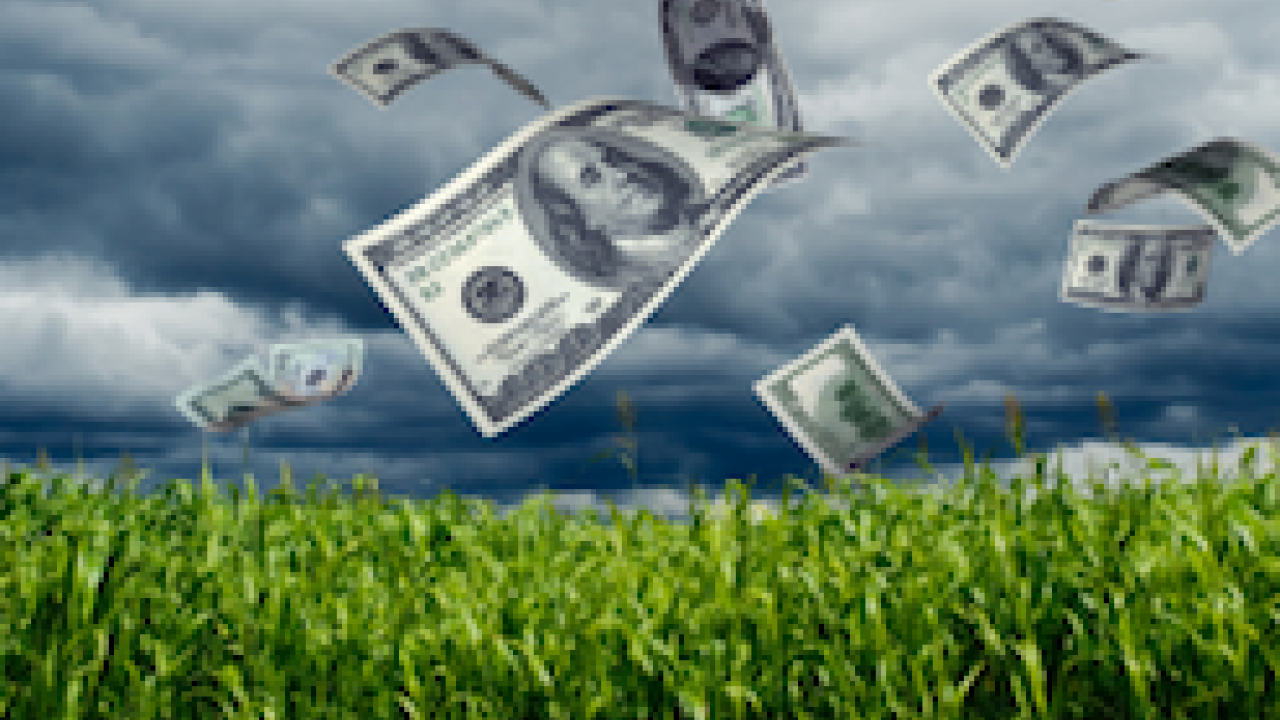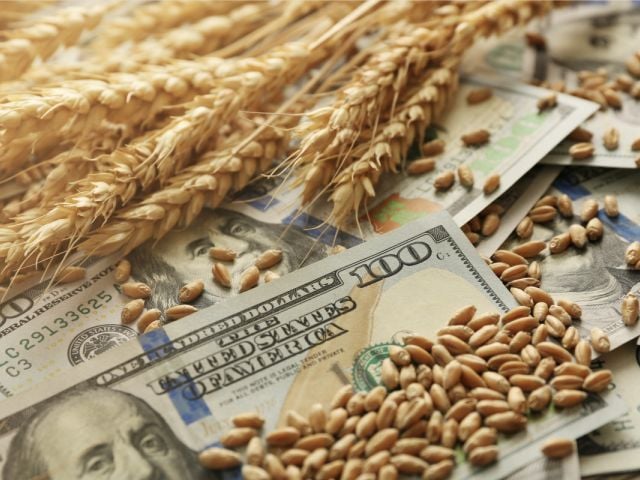
The 2008 farm bill included a new program to replace ad hoc disaster appropriations that have averaged $2 billion per year in recent years. The Supplemental Revenue Assistance Payments (SURE) Program takes into account a farm’s revenue, crop insurance indemnities, and other income in order to assure a guaranteed revenue in the event of natural disasters. The program was projected to cost taxpayers about $4 billion over five years.
EWG noted in 2007 in opposition to a permanent disaster program that "The concentrated, predictable, repetitive nature of agricultural disaster aid among a few states with perennially poor growing conditions also raises the question of whether the time has come for states to assume a primary role in providing agricultural disaster assistance within their borders."
Many producers, particularly cotton and rice growers, have complained about how SURE works, or that it doesn’t work at all for their operations. But the fact remains that SURE has already paid more than $709 million for the 2008 crop year, and hundreds million more are about to be sent out. H.R. 4213 will spend an estimated $1.5 billion for crop losses last year, some of which will be in addition to 2009 SURE payments. (Look here to see SURE payments to date, and here for a critique of the program in IA, the largest recipient.)
Nevertheless, the tax extenders bill likely being voted on today (May 27), H.R. 4213, includes a supplemental disaster assistance program inserted by Senate Agriculture Chairman Blanche Lincoln.
EWG analyst David DeGennaro said, “This unfettered desire for ever more taxpayer money is exactly what we have come to expect from the farm lobby and its supporters in Congress. While a new Agricultural Disaster Relief Trust Fund was being created through the 2008 farm bill, it was obvious that this would do nothing to quiet the calls for annual disaster aid, but merely raise the ceiling on how high these payments would go. Passage of this current package confirms those suspicions.”
Farm income in 2009 was weaker due the global recession, but still strong historically, coming on the heels of a banner year in 2008 and during a decade posting five of the best years ever for farm income. Farm income is also projected to increase in 2010 by at least 12 percent. Yet, farm programs continue to add layer upon layer of payments to the same individuals, despite strong financial conditions in the agriculture sector.
SURE is a Simple Cash Giveaway
- Farmers in eligible counties are able to collect if they experienced only a 5 percent crop loss or damage. This hardly represents a disaster, being well within normal year-to-year variation.
- Payments are in the amount of 90 percent of a producer’s direct payment (112.5 percent for producers enrolled in ACRE), not related to the amount of loss. So if a producer receives $40,000 in direct payments and experiences a minimal 5 percent loss due to disaster, they will receive an additional check for $36,000.
Uninsured Cotton and Rice Growers Stand to Benefit
- These producers have not gotten much from SURE. That program requires a producer to purchase crop insurance in order to participate, but rice farmers in particular have testified in recent farm bill hearings that crop insurance coverage is too expensive for them to purchase.
- The language in H.R. 4213 states that these payments will be deducted from any future SURE payments to prevent duplication, so those growers who do not carry their own (highly subsidized) crop insurance are the ones who stand to benefit from this provision.
Supplemental Aid is Less Responsible than SURE
SURE has some safeguards and limitations built in, which are absent from the assistance in H.R. 4213. These should be the absolute minimum standards for direct disaster aid.
- SURE requires a 10% loss, rather than 5%.
- SURE is a whole-farm revenue guarantee, so if a farm is still profitable despite a loss to one crop, no payment is triggered. The supplemental aid is made regardless of need.
- SURE subtracts crop insurance and other government payments when calculating need; supplemental aid is in addition to these payments
- SURE payments may not exceed 90% of the need; supplemental payments have no such limit.
“We understand that legitimate natural disasters are a threat to farm income and farm viability, but clearly the system we have in place to deal with this inherent risk is inadequate and irresponsible. This current supplemental package exemplifies this, providing new subsidies to farmers who have opted not to purchase their own subsidized crop insurance, for only minimal loss and undemonstrated need. Taxpayers should expect more for their money,” said DeGennaro.
"If this disaster aid becomes law, it is imperative that USDA adopt strict standards for producers to receive payments," DeGennaro concluded.


